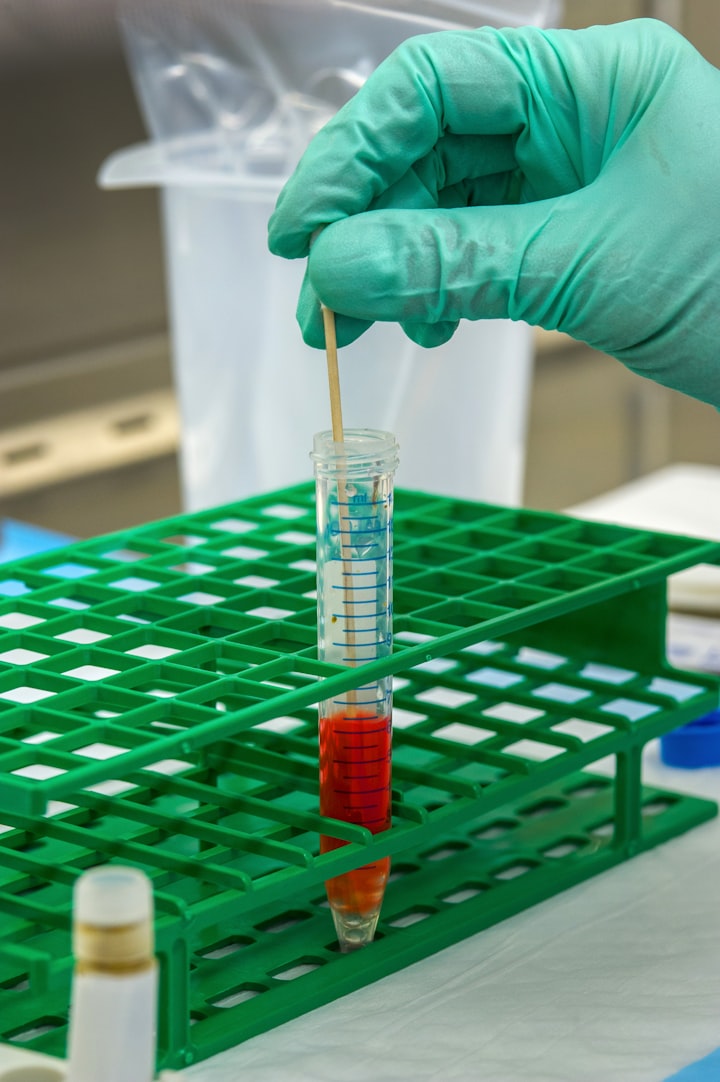Can You Get Prostatitis without Experiencing Urinary Symptoms?
Get prostatitis without urinary symptoms, is it possible?
Prostatitis patients may experience various symptoms such as urinary frequency, urgency, lower back pain, perineal swelling, and incomplete emptying sensation. However, not all cases of prostatitis exhibit urinary symptoms; it often presents with a predominant set of symptoms. Some patients primarily experience urinary frequency, while others have perineal swelling as the main symptom. Some patients might have pelvic pain, lower back pain, or even sexual dysfunction.
Can you get prostatitis without experiencing urinary symptoms? The answer is Yes.
Firstly, some patients might not experience urinary symptoms. This could be due to milder inflammation that hasn't caused noticeable urinary symptoms. Additionally, not all prostatitis patients suffer from urgency and frequency; some may experience pelvic pain syndrome, urinary bifurcation, sexual dysfunction, impotence, or premature ejaculation.
Secondly, for some patients, prostatitis might not manifest with urinary symptoms. Urinary frequency and urgency are non-specific symptoms of prostatitis. According to the International Chronic Prostatitis Classification, patients with chronic non-bacterial prostatitis might not exhibit urinary symptoms like frequency and urgency. Instead, they may have a range of neurological, physiological, and psychological symptoms, such as pelvic pain syndrome, discomfort in the scrotum, lower abdominal discomfort, anal discomfort, etc. These are nonspecific symptoms caused by chronic non-bacterial prostatitis.
Lastly, asymptomatic chronic prostatitis primarily refers to cases where a significant number of white blood cells are found in prostate fluid or semen during routine examination, yet the patient doesn't experience lower urinary tract symptoms or complaints of pelvic discomfort. This often occurs early in the disease or after the symptoms of prostatitis have disappeared following treatment, even though white blood cells in the prostate fluid persist.
Prostatitis can generally be divided into four types. The main symptoms include:
Type I prostatitis often occurs suddenly, characterized by symptoms such as chills, fever, fatigue, and weakness throughout the body. It is accompanied by pain in the perineum and pubic bone, and can have symptoms of urinary frequency, urgency, and rectal irritation, even leading to acute urinary retention.
Type II and Type III prostatitis have similar clinical symptoms, often involving pain and urinary abnormalities. Regardless of the type, chronic prostatitis can present similar clinical symptoms, collectively referred to as prostatitis syndrome. This includes sacrococcygeal pain, urinary abnormalities, and sexual dysfunction.
Sacrococcygeal pain is complex and typically occurs in the pubic bone, sacrolumbar region, and perineum. Radiating pain may manifest as urethral, spermatic cord, testicular, inguinal, and abdominal pain. It can mimic acute abdomen and along the urinary tract, it can resemble renal colic, often leading to misdiagnosis.
Urinary abnormalities may manifest as urinary frequency, urgency, painful urination, difficulty urinating, split urine stream, post-void dribbling, increased nighttime urination, and milky white secretion after urination or during defecation. Occasionally, sexual dysfunction can occur, including decreased libido, premature ejaculation, painful ejaculation, weakened erection, and impotence.
Type IV prostatitis presents no clinical symptoms and inflammation evidence is only detected during prostate-related examinations.
Different types of prostatitis have varying treatment approaches, as detailed below:
1. Antibiotic treatment: Type I and Type II prostatitis caused by bacterial infection can be treated under a doctor's guidance with oral ciprofloxacin capsules or intravenous administration of ampicillin sodium.
2. Medication treatment: Type III prostatitis, caused by non-bacterial factors, mainly addresses discomfort. Medications such as tamsulosin and doxazosin can be used for regulation. Traditional Chinese medicine such as Diuretic and Anti-inflammatory Pill can also be used. Besides medication, physical therapy like localized warm sitz baths and warm compresses can also yield good results.
Behavioral therapy: Avoid spicy and stimulating foods, and abstain from smoking and alcohol. Maintain moderate physical activity, avoid prolonged sitting, and don't hold urine. Keep warm during winter. Maintain regular sexual activity. Patients can also employ self-care techniques such as warm sitz baths for twenty minutes each night and morning if feasible.
Patients can do self-massage at home. After defecation, clean the anus and lower rectum, and use the middle or index finger to apply pressure to the prostate gland. Massage for three to five minutes each time to facilitate the drainage of prostate fluid from the urethra.
About the Creator
Amanda Chou
Looking to restore your life troubled by prostatitis, epididymitis, seminal vesiculitis and other male reproductive system diseases? Here are the resource to help you in this endeavor.







Comments
There are no comments for this story
Be the first to respond and start the conversation.